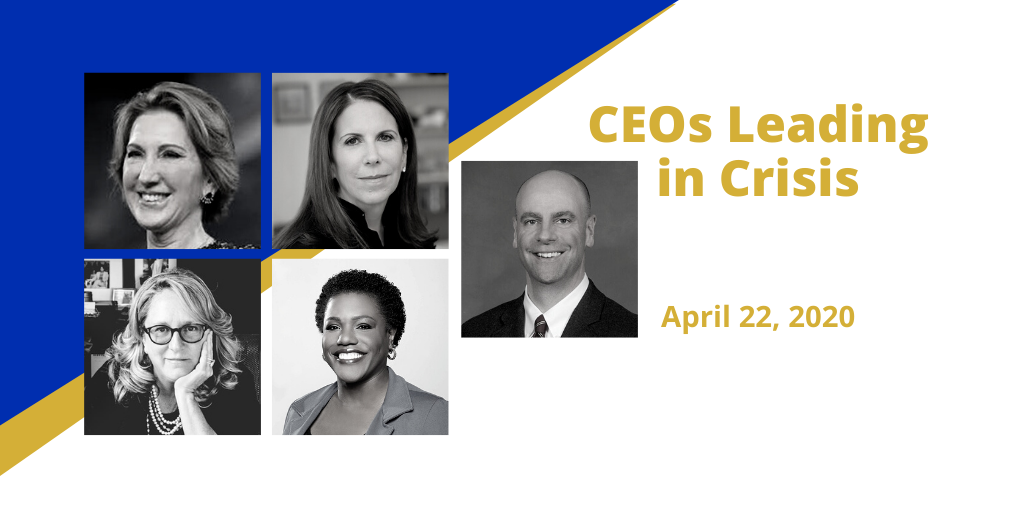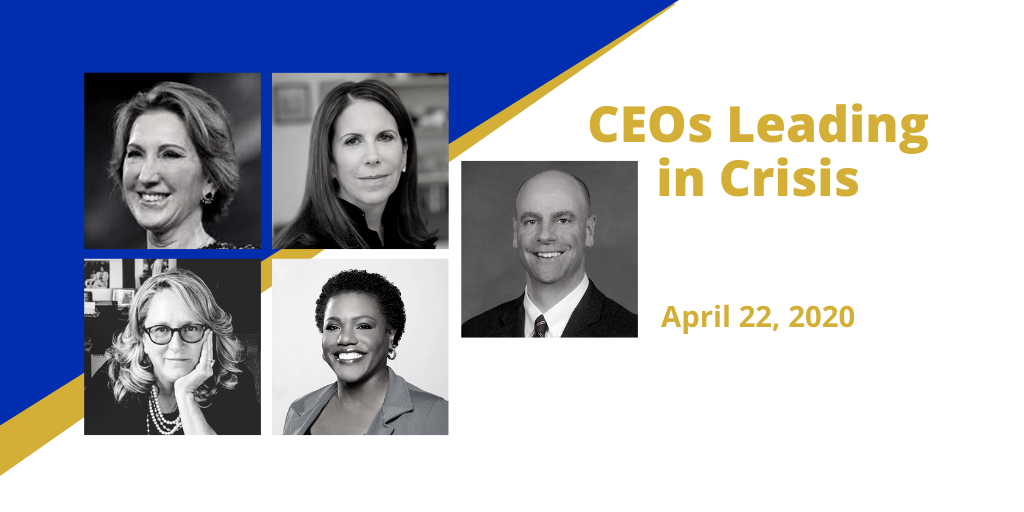
LINK: https://entrepreneurship.babson.edu/what-is-inclusive-leadership/
At the close of an unprecedented 2020, Babson’s own Linda Pizzuti Henry ‘00, H’19 was named CEO of Boston Globe Media Partners, becoming the first woman to run the paper’s parent company in its 150-year history. At the start of this year, 2021, Jane Fraser of Citi will become the first woman to lead one of Wall Street’s biggest banks. And, Kamala Harris will make history as the first woman and woman of color to serve as vice president of the United States.
Each day, more women are named to executive boards and are leading their own entrepreneurial ventures, inside and outside of existing organizations.
Yet, with all of these breakthroughs comes the sobering reality that there’s still a lot of work to do. According to the 2020 Women CEOs in America report by the Women Business Collaborative, only 7.8% of Fortune 500 CEOs were women (now 8% with the appointment of Fraser). Less than 1% of Fortune 500 CEOs are women of color.
Equitable and diverse representation across executive leadership teams is a powerful step in fostering inclusive leadership, but it’s not the only piece of the puzzle. So, what is inclusive leadership, how does it benefit professionals and society at large, and where do organizations begin? Here, we get answers from three Babson College community members working to educate and empower inclusive leaders.
What Is Inclusive Leadership?
Inclusive leadership means having the ability to lead a diverse group of people while demonstrating respect for each person’s unique characteristics without bias, says Smaiyra Million P’21, director of the Diana International Research Institute at Babson College.
Not only do inclusive leaders need to lead without bias, but they also need to understand their existing biases and preferences before being able to form heterogeneous teams, adds Shakenna Williams ’94, director of global initiatives at Babson’s Center for Women’s Entrepreneurial Leadership (CWEL).
“An inclusive leader authentically commits to diversity, inclusion, AND equity,” Williams said. “They seek to understand other cultures, challenge the status quo, and be an advocate of equity for all.”
“They do more than invite people to the party. They ask them to dance.”
Smaiyra Million P’21, director of the Diana International Research Institute at Babson College
What Are Inclusive Leadership Traits?
Deloitte studied inclusive leadership traits and found that inclusive leaders know and leverage their top strengths: commitment, courage, and cognizance of bias.
- They are purposeful in cultivating a diverse workforce and take on personal responsibility for the creation of inclusive environments.
- They are not afraid to own and show their weaknesses, opening up doors and opportunities for collaboration and organization-wide contribution.
- They are inherently aware of potential personal and organizational biases.
- They welcome others’ ideas, are extremely open-minded, and are curious of other perspectives.
- They are culturally intelligent, demonstrating self-awareness of their own and other cultures, and the ways in which their actions and engagements affect those around them.
- They understand that collaboration works only after seeking everyone’s perspective, without question.
“Inclusive leaders are vulnerable,” Million said. “They understand their team holistically, as individuals and as humans. They are self-aware, culturally sensitive, and understand the benefits of having diverse voices at the table.
“They do more than invite people to the party,” she said. “They ask them to dance.”
What Are the Benefits of Inclusive Leadership?
More ideas. Enhanced creativity. Organizations ripe for innovation. These are proven benefits of inclusive leadership.
Companies that are home to an inclusive leadership style are better at innovation, gain more market share, are more competitive in the hunt for top talent, and outperform less diverse competitors, according to research from Deloitte in 2019.
“Inclusive leaders have the ability to make all team members feel valued and comfortable, which means more ideas get shared, which leads to greater creativity and innovation,” said Angela Randolph, assistant professor of entrepreneurship at Babson. “Comfort also allows team members the space to voice their honest opinions and concerns, which can help organizations make better decisions.”
According to Deloitte, teams with inclusive leaders are 17% more likely to report that they are high performing, 20% more likely to say they make high-quality decisions, and 29% more likely to report behaving collaboratively.
Where to Begin?
People who strive to be inclusive leaders must be unafraid to talk about diversity, equity, and inclusion simply because they are afraid of making mistakes, says Randolph.
They also must be ready and willing to learn.
Effective listening, leading with empathy, building key communication skills, and developing the ability to encourage cross-functional thinking—these are all leadership functions that can be taught, and Babson is doing just that.
From entrepreneurial leadership development programs that span education level and interest, to Babson’s specialized Leadership Program for Women and Allies, the College’s focus has and continues to be on developing inclusive, entrepreneurial leaders.
“An inclusive leader seeks to understand other cultures, challenge the status quo, and be an advocate of equity for all.”
Shakenna Williams ’94, director of global initiatives at Babson’s CWEL
And, Babson faculty believe it starts in the classroom.
“An inclusive classroom is where all students feel as though they belong and that their uniqueness is valued,” Randolph said.
“It’s also important to have diversity in case studies and guest speakers,” Million adds. “Students should be able to see themselves through role modeling.
“If I can see it, I can be it,” she said.
No one becomes a great leader overnight, Randolph says. “Each step that a leader takes to become more inclusive makes the organization better.”
Even organizations that already have bought into the benefits of inclusive leadership and are invested in developing inclusive leadership traits among their team members must accelerate their pace. The Women CEOs in America report calls on leaders of all genders, races, and demographics to be a part of a more rapid change to executive representation—a key step in fostering inclusive leadership styles and teams.
“Building pipelines of executive talent is a crucial step,” it reads. “We need women in senior leadership who have opportunities to move up, not out. When women lack a path to the executive suite, they are more likely to step out of the line of succession, diminishing succession potential for CEO positions.”
“While this work is well underway, it doesn’t just stop at women, nor at the appointment of women to executive leadership positions,” Williams said. “Organizations must take purposeful action toward ensuring inclusive leadership, and creating an environment that educates, nurtures, and hires inclusive leaders.”












